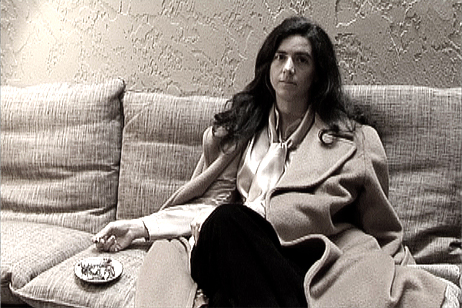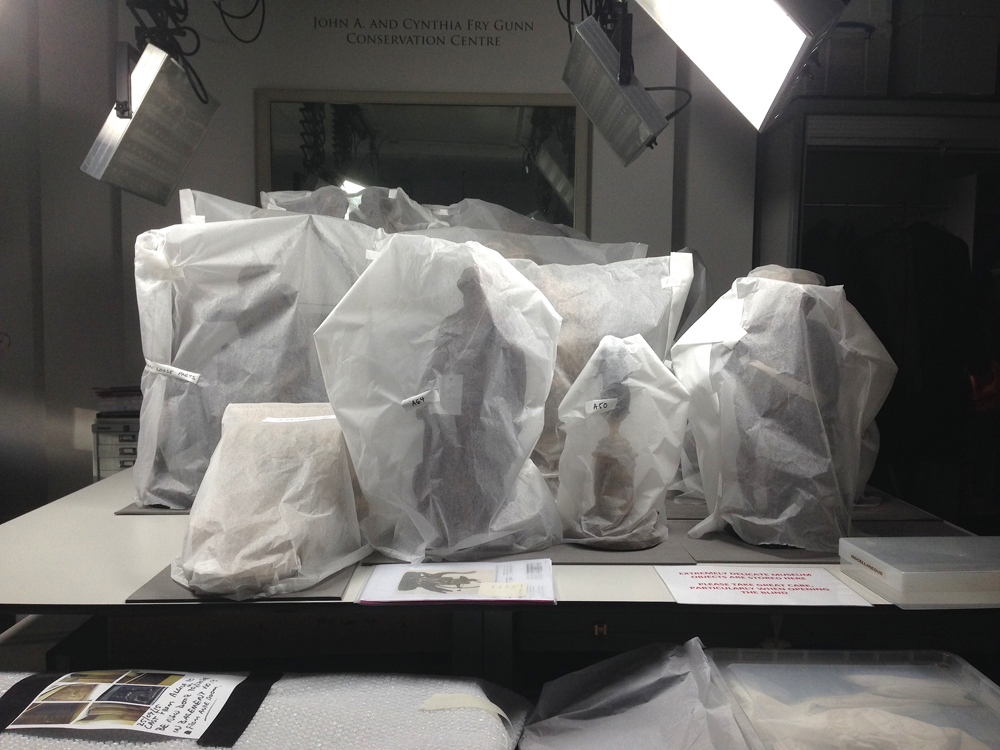Portfolio: Amie Siegel
The New York-based artist writes about the images that have influenced her practice
The New York-based artist writes about the images that have influenced her practice


Jean-Luc Godard made this chart of image formats, or sizes, for Cahiers du Cinéma in 2004, equating – with his usual mix of wit, graphic sensibility and economic critique –
movie aspect ratios with his corresponding associations: 1,66 = credit card, 1,85 = dollar, and cinemascope = ‘enterrememt’ (grave, or burial). Jonathan Buchsbaum, the great scholar of revolutionary cinema, gave it to me years ago. And I’ve had the same wrinkled photocopy of the page up on my studio wall ever since.

Piero Piccioni, who did the jazz bossanova score for the Italian version of Godard’s film Le Mepris (Contempt, 1963) – an entirely different soundtrack than Georges Delerue’s original string compositions – also scored Radley Metzger’s Camille 2000 (1969), an Italian soft core porn update of Alexandre Dumas’ tuberculosis afflicted prostitute Camille. The film is rife with ’60s Italian design just about every surface in Camille’s bedroom is mirrored, with lucite furniture, including a transparent oval bed with a single filmy sheet frequently pushed aside. In my favourite shot, the camera moves away from the bodies of Camille and her lover to take in their infinite recurrence in the lucite and mirrored bed on which they lay together, almost as if in a petri dish. Camille’s heavy breathing was apparently dubbed in.

In this era of the spontaneous self-portrait, the selfie, I keep returning, accidentally, to an image that began as a video, where I re-enacted author photographs from book jacket covers. Joan Didion, Kate Millett, Gloria Steinem, and Hannah Arendt were among my re-stagings. However it is Susan Sontag’s image that floats around my computer, I come across it every once in a while, divorced from the original upon which it is based. The Sontag re-enactment has appeared when searching my laptop for an image of myself to provide for talks, tax forms, foreign entry visas. Recently, in a moment of last minute passport renewal desperation, I almost cropped the image into a 1 inch x 1 inch headshot.
The posture, the late ’70s satin tie-blouse, the coat over the shoulders, the ashtray on the sofa, the casual hand with cigarette … I like this picture of myself. And then I have to remind myself, sternly, that this photo isn't actually of me. The gesture, the attitude, the mildly fatigued yet wanting to be looked at gaze back at the camera aren't my own, but based on another. I don't even smoke. An image of me not assuming the costume, posture and life of Sontag would be very different. Or would it? In Warhol’s 16mm film screen tests, as the late Callie Angel pointed out so poignantly, people perform themselves. In her 3-minute screen test, done years before the author photo, Sontag is fierce, staring back at the film camera, daring it to try and capture something, anything, playing the New York ’60s intellectual – at once embedded within and apart from the scene – a role she embraced fully.

At times researching online feels like a séance, a solicitation of things from the beyond. A few years ago I was Google image searching something in a hotel room with slow wifi – I have no memory of what exactly – and I looked away while the images took their sweet time to appear. When I looked back at the screen, I saw that only one image had emerged from a sea of blank, differently sized rectangles. I quickly tapped the keyboard shortcut to do a screen capture before the rest of the images loaded. I can’t for the life of me figure out from the image what I was searching for to get that result. Its generic neutrality is part of its beauty. It leads nowhere. A coy, dead end smile. My cursor hangs out at the edge of the frame in a pointless holding pattern, like a question mark.

On a long table in my studio there is an unsent postcard from an edition I made recently – a prelude to my piece Double Negative, shot at Le Corbusier’s white Villa Savoye in France and its black copy in Australia. For the edition I purchased 100 commercial postcards of the original Villa Savoye and painted the building black in each. The remade postcards were mailed from Australia. Kyle, who assisted at my studio that summer, showed me an early card that ‘didn’t work’, one where, when we were experimenting with different base layers and matte mediums, the paint had peeled away, partially revealing the white building beneath. I kept the mistake version, and it became the unsent favourite, having uncannily, accidentally, reproduced undercurrents of the work itself.

I recently visited an exhibition of Chinese Paintings at The Metropolitan Museum of Art where the collectors had, over centuries, each stamped their individual seal of ownership directly onto the painting. This form of appreciative amendment – also including small poems or comments written directly on the artwork – tends to appear on the perimeter of the painting, yet in some occurrences it moves in quite close to the centre, threatening to overwhelm the artist’s image. The painting becomes an accumulation, including within it a history of its ownership. Finches and Bamboo, a silk painting from the Northern Song dynasty, displays two birds in conversation, their eyes each a delicate drop of lacquer and, when unrolled to its full eight metre length, the scroll is revealed to be embellished with almost a hundred collectors seals, colophons and admiring calligraphic annotations added over nine centuries, the last being that of John M. Crawford Jr., whose collection is on display at the museum, a gift dating from the early 1980s. I couldn’t help but wonder if the Met has its own seal of ownership, and whether that might come to adorn this work?

A few months ago I filmed in the Model Room of the Sir John Soane Museum in London over two mornings; our gear was secured in the Museum’s conservation room overnight. Early on the second morning, while the crew set up, I noticed that objects from Soane’s collection had been placed on a conservation table nearby, each loosely covered in a stiff, semi-transparent fabric that both revealed and obscured the shape of the item they contained. I took a photograph of the table and the image has haunted me since, the intense focus of the lights – like an operating theatre – on the group of objects, barely visible beneath their white shrouds, makes them seem as sacred objects: untouchable, unknowable, protected. They are huddled together, but not of their own accord. If we vanished overnight, and a later generation of people found this gathering of objects, what would they think of our culture, this maintenance of things?























